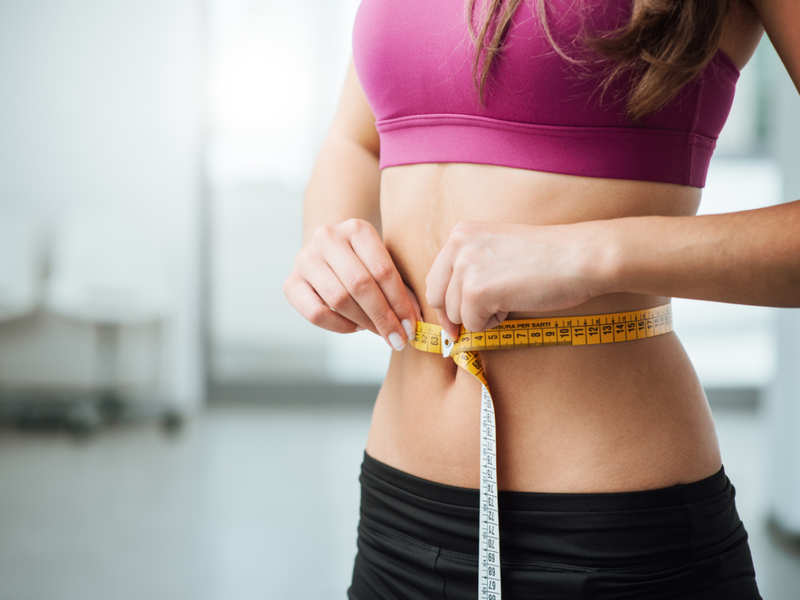
How to Lose Fat and Keep Muscles?
We are not going to gain muscle mass, but we are looking to lower our body fat index, while also intending to maintain as much muscle tissue as possible in the process. Achieving both simultaneously (I lose fat and gain muscle) is witnessing antagonistic processes: where one of the fundamental points that governs loss or gain is calorie requirement.
Protein
However, not always eating a large amount of protein should be optimal, since the other macronutrients are related, and all in a competitive context, as it would be What a performance athlete should eat.
All of these recommendations are fully explained and developed with an example diet in the HSN Protocol: Destroy Fat .
Among these, legal aids such as caffeine and green tea . The two are compatible, so they enhance their effects. The main intake would be before physical activity, so that the use of fatty acids is favored .
Effective training
Along with reducing calories, we have to continue with training with loads , because we have to give our body a “reason” to preserve muscle mass, that is, to maintain the stimulus.
Maybe doing routines with a lot of sets and reps isn’t the most convenient, or out of desire. On the other hand, if we want to maintain muscle mass (remember: we are not trying to build muscle mass during this period) performing strength routine you can achieve a fantastic result.
Weight training
Incorporating an isolation exercise is quite doable, but the bulk of the training would be based on the others. Train basic and heavy!
To define, high reps with little weight?
The idea of light, high-repetition workouts fell far behind. Perhaps we will consider a session on glycogen depletion at some point, using the SuperSeries target or similar techniques, for example, but this is not the most common during this phase.
How to adjust the volume and frequency?
Favor basic and multi-joint exercises , because in this way, in less time, we will be training much more than if we had recourse to isolated exercises. We will be more efficient. The ranges we use will always be strength-focused, around short reps and increasing sets if possible.
Prioritize our ability to recover
Which will be reduced by the calorie deficit. This is why it is fundamentally recommended to produce a stimulus without increasing the stress, already generated by the low calorie diet.
Reduce Cardio
If we are doing so well in our diet, in some ways cardio might not even be necessary , especially if we are reaching a very high level of progress. With cardio, we produce a greater energy deficit .
More calorie expenditure
Although this is an activity that encourages many improvements in our athletic ability, what we want is to maintain muscle mass and reduce fat as much as possible (we prioritize aesthetics, not performance) , and if weight training is “necessary,” we consider cardio optional, since its greatest benefit will be increased calorie deficit .


